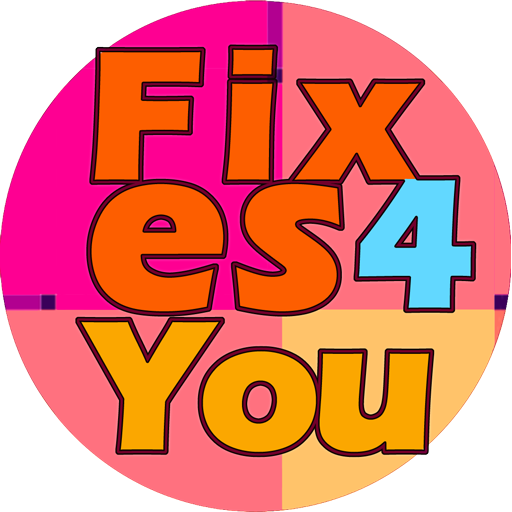Researchers from the University of Vienna, Trinity College Dublin, and Humboldt University of Berlin recently published a groundbreaking review that showcases the therapeutic benefits of art in promoting wellbeing. The study, which scoured decades of scattered research, provides a comprehensive overview of how art viewing can positively impact mental health.
According to the publication in Neuroscience News, the team analyzed 38 previously published studies that involved a total of 6,805 participants, revealing a clear and convincing case for art as a low-cost, accessible tool in mental health strategies. The review highlights a range of artworks, from the iconic Starry Night by Vincent Van Gogh to the haunting The Scream by Edvard Munch… demonstrating the diverse ways in which art can influence mood and stress levels.
Neuroscience News notes that previous research on the topic was often limited and inconsistent, “but this study provides a more robust understanding of the effects of art on mental wellbeing.” The authors urge healthcare providers and policymakers to integrate art into their mental health strategies, “citing its potential to provide a valuable resource for those in need.” By embracing art as a therapeutic outlet… individuals can tap into its restorative power and cultivate a more positive outlook on —.

More details: See here
Mental health.
Whispering) Alright, folks, gather ’round. Let’s talk about something that’s really important, but also kinda uncomfortable. I’m not gonna sugarcoat it, but mental health is a real thing. And, honey, it’s not just about being “sensitive” or “crazy”. NeuroscienceNews reports that research has shown that our brains are wired to respond to art in a major way. (Leaning in) And I’m not just talking about the obvious – like, you know, pretty pictures.
No, I’m talking about the real deal. The stuff that gets under your skin and makes you feel all the feels. Now, I know what you’re thinking. “Dana, how does art do all this magic?” Well, let me tell you, NeuroscienceNews has got the scoop. According to the research, art viewing can actually lower cortisol levels, improve mood… and even reduce symptoms of anxiety and depression.
(Pausing for dramatic effect) And it’s not just some woo-woo nonsense, “either.” NeuroscienceNews cites a study that looked at 38 separate studies and found that art can have a real, “tangible impact on our mental wellbeing.” (Winking) So… there you have it.
• • • •
From Van Gogh’s Starry Night to abstract modern installations, a wide range of art forms were shown to produce positive effects. The findings offer a compelling case for integrating art into mental health strategies as a low-cost, accessible tool to support emotional health.
Artworks which were included in the review include famous pieces such as The Scream by Edvard Munch, The Starry Night by Vincent Van Gogh, and other pieces of modern and contemporary art.












